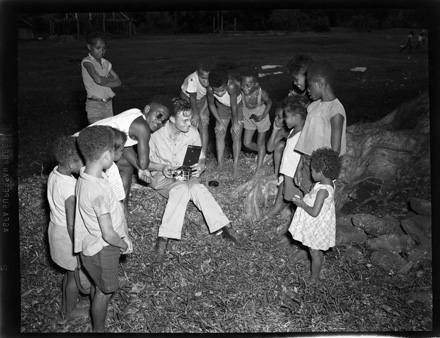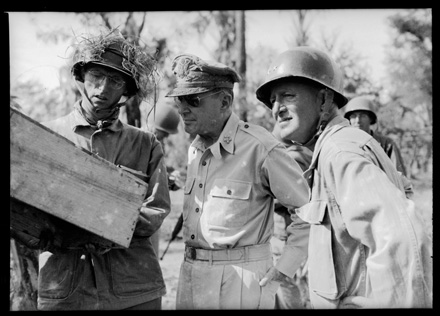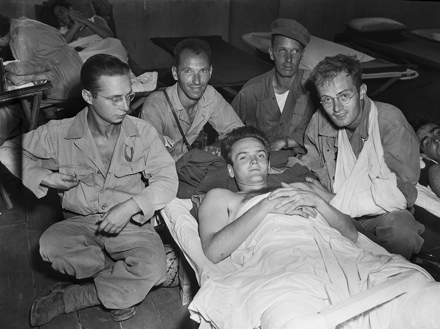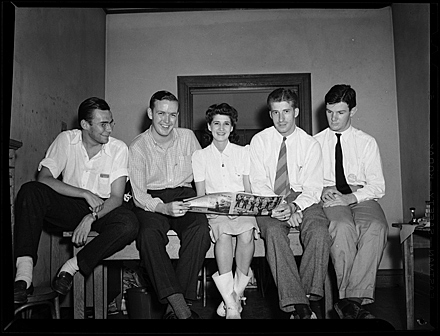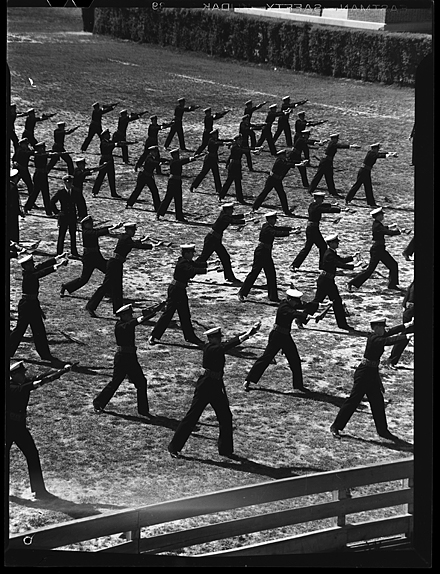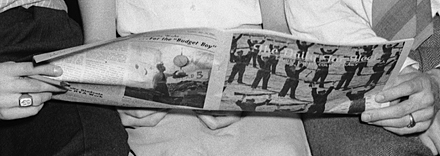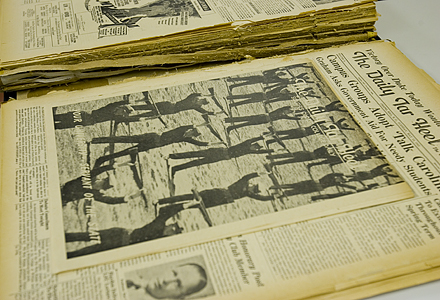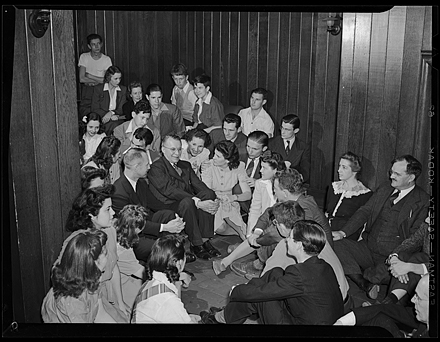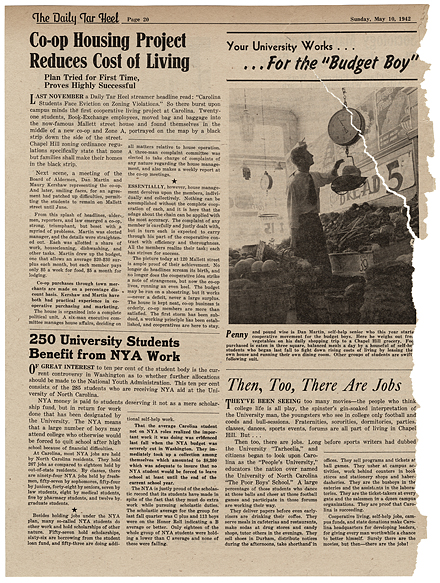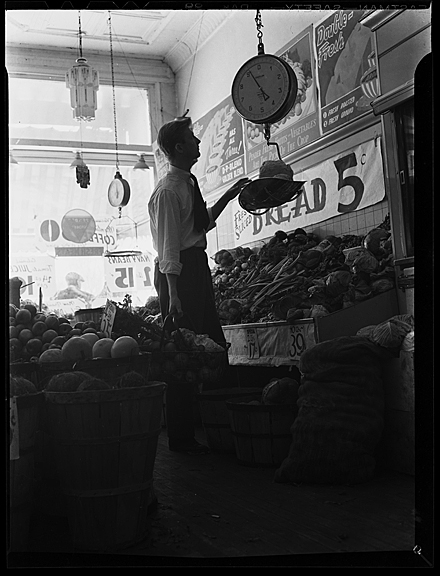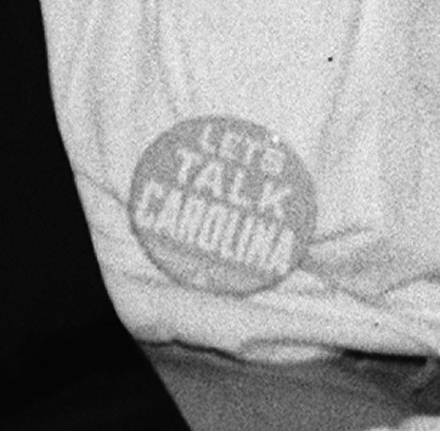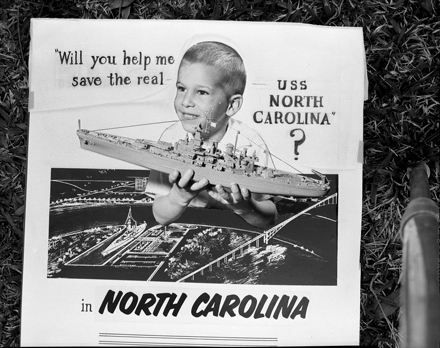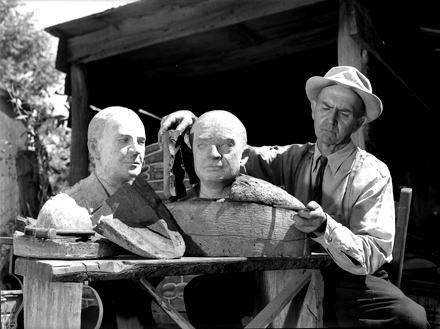Imagine my excitement when I went to the cnn.com homepage a few weeks ago and saw an article entitled “Connecting the past to the present tougher than it looks.” This is a story from CNN’s iReport feature, where they “outsource” their reporting to regular folks — CNN assigned their iReporters to try their hand at a neat, low-tech photography technique that involves lining up historic photos with the same current-day scene. (There’s a great Flickr group devoted to this practice, called “Looking Into the Past” — however, some of these people are obviously cheating with Photoshop).
Let me back up for a minute to make two BIG behind-the-scenes announcements: 1) the Grandfather Mountain and UNC-Chapel Hill series (Series 4 and 5) of the Morton collection are now available online and open for research; and 2) the digital collection has reached (and rocketed past) 5,000 items.
In honor of these developments (particularly the availability of the UNC-CH photos), Sam and I decided to try our hand at the “lining-up” trick, right here on campus: we printed out a few of Hugh Morton’s photos from when he was a student here (1939-1942), and went out with the digital camera. As you can see from the results below, it is indeed “tougher than it looks”! (Especially when it’s windy outside).
Here we are attempting to situate a Morton photo of a group of unidentified gentlemen (UNC faculty?) standing on the front steps of Wilson Library (view the original here). Close, but no cigar. . . finding the exact right spot and angle to successfully line up the print with the real world is quite difficult, and you also look and feel ridiculous as you fumble around for that perfect perspective.
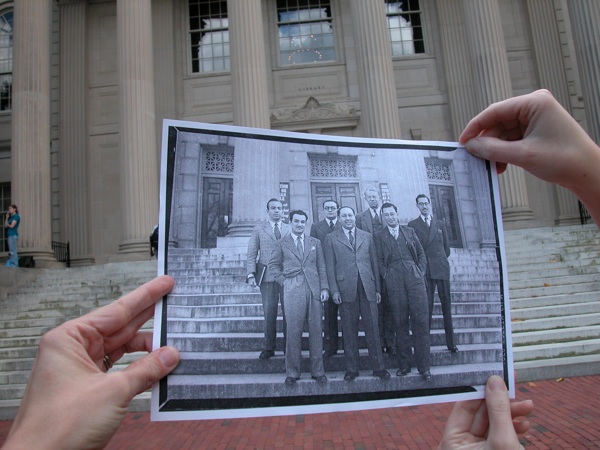
Equally poorly-aligned is this portrait of a wild group of hooligans posing on the steps of South Building. If anyone knows what’s going on here, please fill us in… the original can be viewed in much greater detail here. (I assume this gathering is World War II-related, because one of said hooligans is holding a button that reads “To Hell with Hitler”).
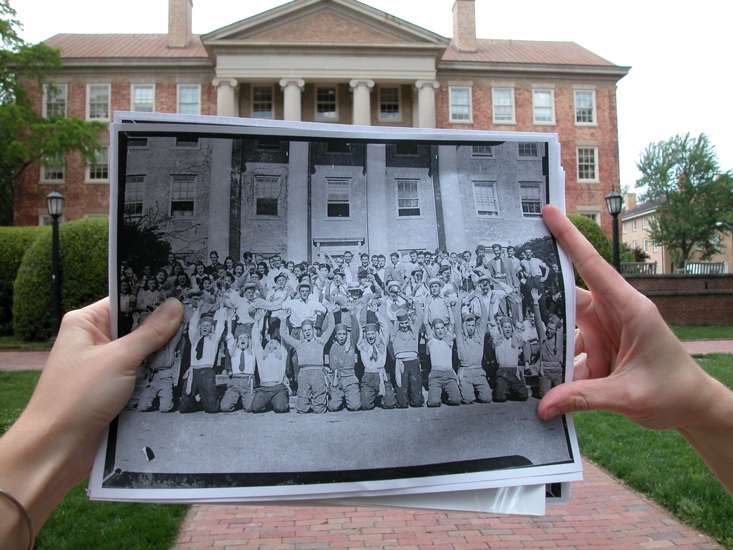
We did a little better, but not much, with this Morton portrait of 1941-1942 UNC senior Frances Bonkemeyer, publicity chair for the YWCA and member of the UNC Coed Senate (see the original here).
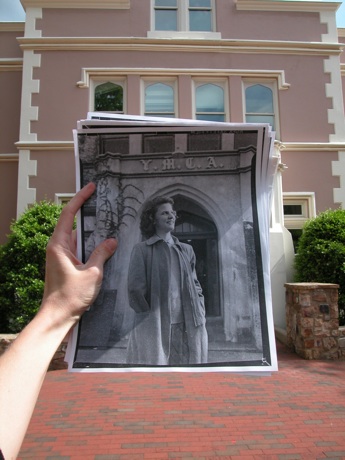
So to sum up, let me first reiterate that Series 4 (Grandfather Mountain) and Series 5 (UNC-Chapel Hill) are now included in the online finding aid and available for research! And, the Hugh Morton digital collection contains more than 5,400 items!
We hope our little exercise inspires you to try “linking the past with the present” using historic photos. Send us your results if you do.



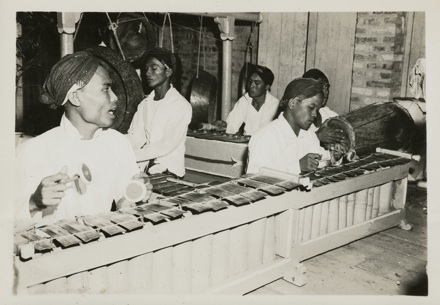
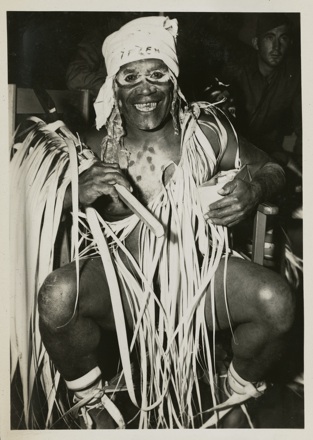
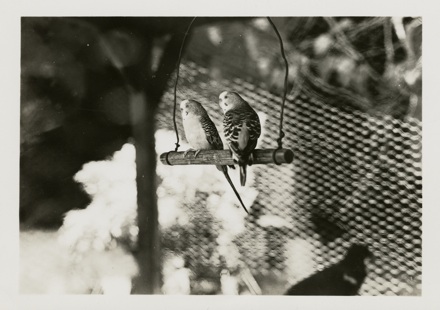
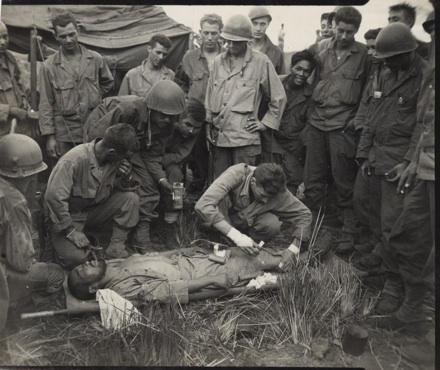
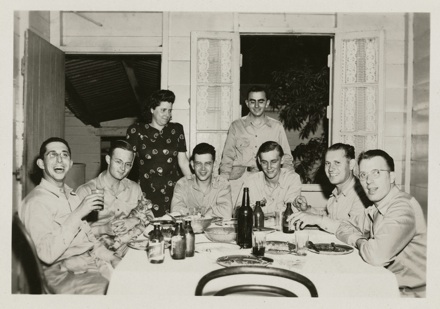
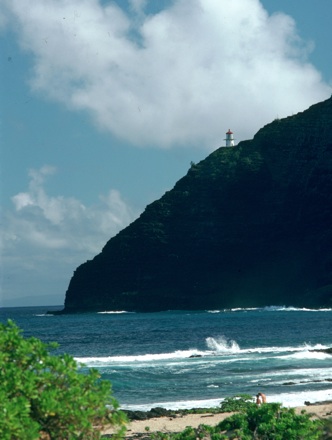
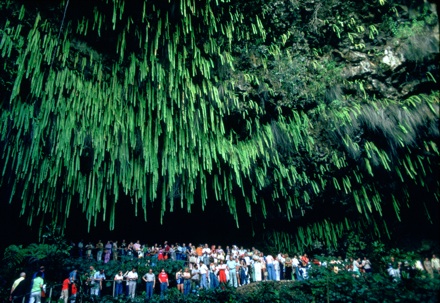
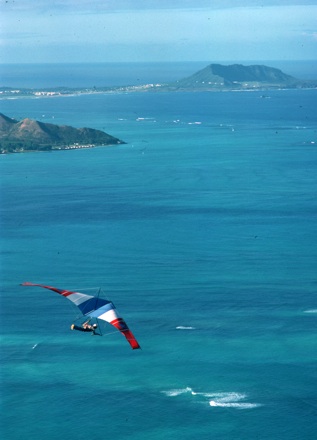

![Frances Langford and Bob Hope entertaining military personnel in New Caledonia, 1944 [cropped]](https://blogs.lib.unc.edu/morton/wp-content/uploads/sites/7/2008/05/p081_ntbf4_000136_04.jpg)

